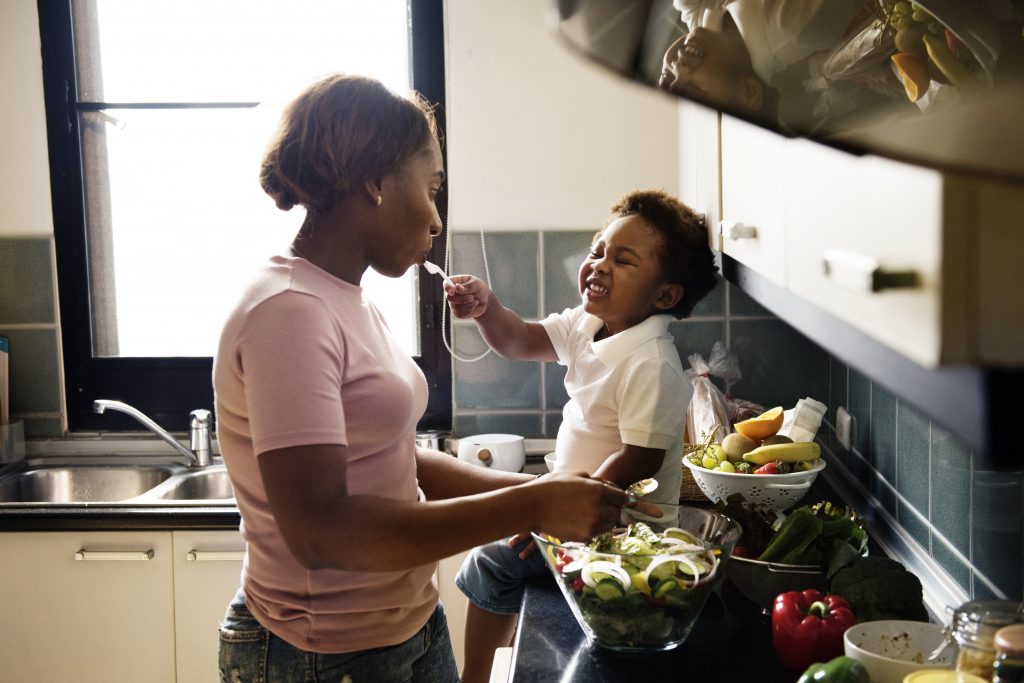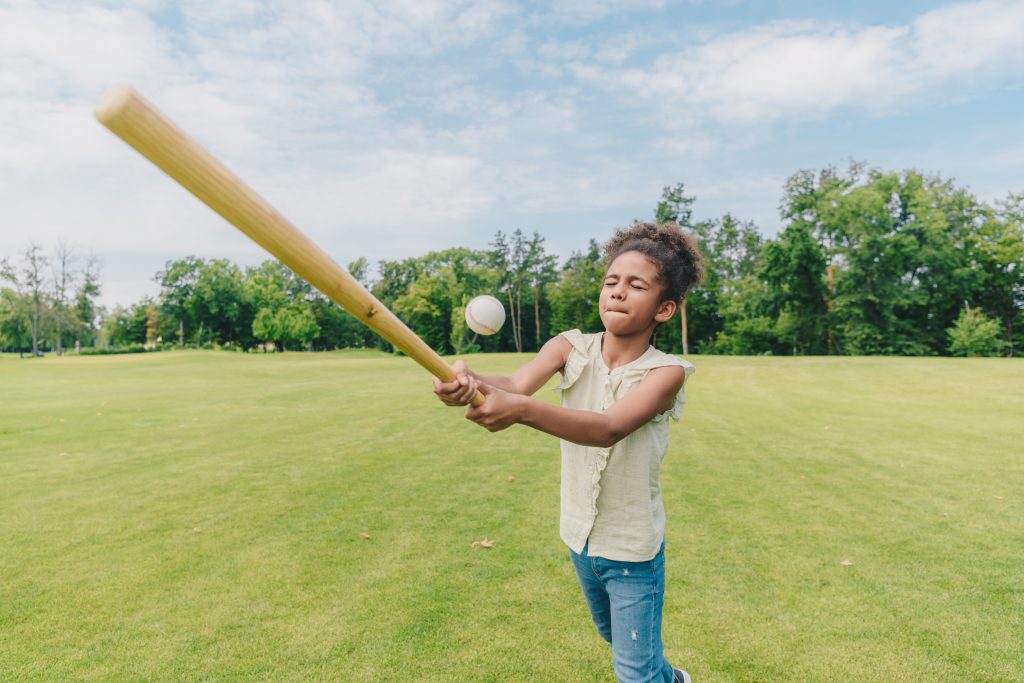Pets can make wonderful comrades. They will be your best friend, they’ll be an endless source of smiles, and they can also be support or therapy animals for children with disabilities. However, deciding to get a pet is a large commitment. So many things could influence the compatibility of a pet in your home like allergies, amount of time spent at home, and the number of family members per household. Utilize this guide to ensure that your family makes the right decision when choosing your first pet.
1.) A fish is a great starter pet for very young children. Setting a schedule for your child to feed your fish is a great way to introduce responsibility to them. It allows them to get used to a routine, while still having minimal care effort. There is still plenty of research to be done when getting a fish, however. You must first be sure that you have the correct size tank, the right environment (is it a saltwater or freshwater fish?) You also must make sure that your little guy has the proper food and supplies. Your local pet store staff will be happy to help you select what is right for your new friend.
2.) Dogs are in fact a man’s best friend. They are playful and active, and if your kids have similar personality traits, a dog could be the best choice for you. They require a ton of work, however. They need lots of attention during the day and to be taken on walks, they are also the most expensive animal to care for. Things like vaccinations, emergency visits, and ample space for them to run around, are good to take into consideration before choosing to introduce a dog into your home. They also have the longest lifespan so if you are considering a dog be sure to keep your families future plans in mind as well.
3.) Cats are great pets for people of all ages. They are normally very docile and welcoming to lots of petting and snuggles. They do however sleep for 16 to 20 hours a day, so they are best for families with busier schedules who aren’t home during the day. Rescue cats make the best companions, but you must be careful to pay attention to personalities. Some abused animals can be aggressive towards children and other pets. Be sure to ask the animal rescue facility what cat is right for your family situation.
4.) Guinea pig, hamster, or gerbil Smaller mammals are another introductory pet. They require less effort than something larger, but are a little bit friendlier to touch. You must still take precaution when introducing a tiny pet to your little ones because they are very delicate, and over handling could cause skin irritations in some. Hamsters and Gerbils are best for less interaction, while guinea pigs are the best for a little more cuddles. Guinea pigs are very intelligent and most are welcoming to grooming by their owner, they do best with a companion of the same gender, so you may want to consider getting two.
5.) An uncommon animal can be a fun choice as well. Pets like reptiles and arachnids are some of the more uncommon animals. It is a little bit more difficult to find care information on these animals, so they are best suited for older children and teens. Some pets like snakes require careful handling so they are best for someone who can safely do so. Extensive research is required before selecting one of these pets because they can be dangerous if they are not cared for properly.
A pet can make a great addition to your family. They teach valuable life skills and ensure companionship for years to come. Whatever pet you chose, try to follow these steps to make sure you are selecting the right pet to fit your family dynamic.











